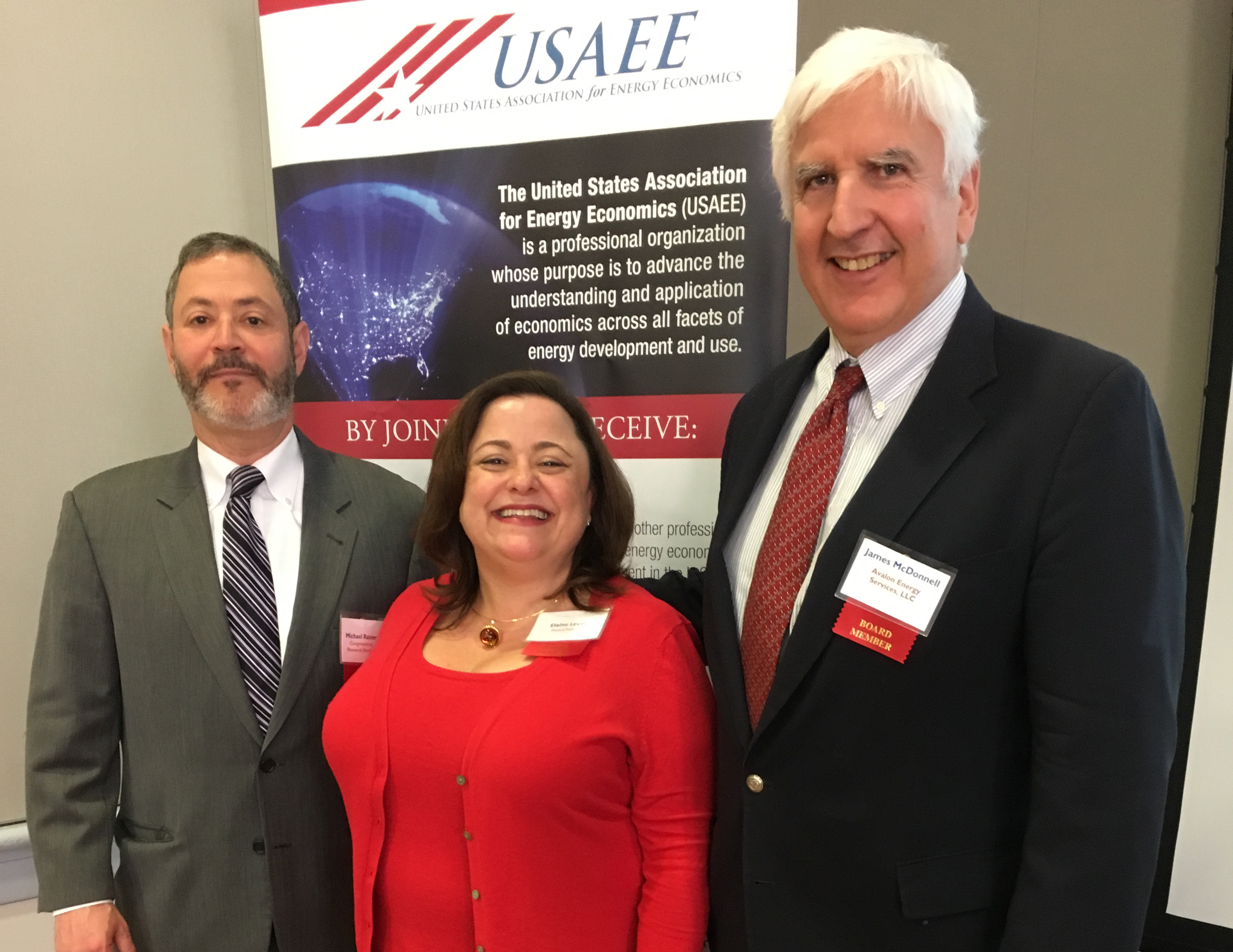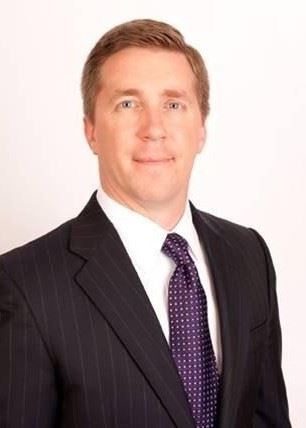NCAC April 2018 Energy Conference
By Devin Hartman, R Street Institute
 NCAC hosted its 22nd annual energy conference on April 12th. The Star Wars-themed event, dubbed a "Disturbance in the [Market] Force," explored the edges of the energy universe with panels including the Grid Awakens, Hydrocarbons Strike Back, Innovation: A New Hope, and the Return of Energy Policy. It also featured a thought-provoking keynote from Manhattan Institute Senior Fellow Mark Mills on the "Tesla Derangement Syndrome," with the second keynote by NYPA CEO Gil Quiniones, diving into grid modernization efforts in New York.
NCAC hosted its 22nd annual energy conference on April 12th. The Star Wars-themed event, dubbed a "Disturbance in the [Market] Force," explored the edges of the energy universe with panels including the Grid Awakens, Hydrocarbons Strike Back, Innovation: A New Hope, and the Return of Energy Policy. It also featured a thought-provoking keynote from Manhattan Institute Senior Fellow Mark Mills on the "Tesla Derangement Syndrome," with the second keynote by NYPA CEO Gil Quiniones, diving into grid modernization efforts in New York.
Panelists discussed a wide range of advances in energy hardware. These included improvements in natural gas extraction methods that one panelist estimated put the breakeven point at $2/MMBtu. Panelists debated whether advances in lithium-ion batteries and vehicle automation would spur rapid changes in the transportation and electricity industries, or were over-hyped and unlikely to see much commercial success for decades.
Advances in digital technologies made for ripe debate as well. Panelists discussed how various blockchain applications could alter the fundamental nature of energy transactions and institutional designs. Meanwhile, digital platforms have already emerged, creating elaborate virtual marketplaces and innovative financial arrangements, such as synthetic power purchase agreements.
On the policy side, panelists noted that lessons learned under the Obama and Trump Administrations show that regulatory actions to reduce emissions are clearly slow and weak. Prospects to reduce emissions are very limited under this regulatory regime which, according to one panelist, will not drive innovation. That can only be accomplished via bipartisan legislation. One panelist noted that legislative action during this Congress appears increasingly unlikely, and the discussion shifted towards the politics and policy of our energy future.
The Electricity Service of the Future
By John Caldwell, Director of Economics, Edison Electric Institute
 There has been a lot of discussion in recent years about “modernizing” the electricity grid and making it “smarter”. What has been driving this discussion? Hasn’t our electricity grid been a marvel of the modern age ever since it’s invention? After all, the typical electricity customer doesn’t have to even think much about electricity: where it comes from, how it is delivered, and from what it is being produced. This has been the inherent charm of electricity: the fact that when we flip on a light switch, the light comes on, and that’s all we have to do to make it happen, and at a very affordable price.
There has been a lot of discussion in recent years about “modernizing” the electricity grid and making it “smarter”. What has been driving this discussion? Hasn’t our electricity grid been a marvel of the modern age ever since it’s invention? After all, the typical electricity customer doesn’t have to even think much about electricity: where it comes from, how it is delivered, and from what it is being produced. This has been the inherent charm of electricity: the fact that when we flip on a light switch, the light comes on, and that’s all we have to do to make it happen, and at a very affordable price.
But behind the elegant (and deceptive) simplicity of this service, there are many changes, both positive and negative, that are driving an evolution to something different than what we have. We want “cleaner” energy, and this means producing more electricity from renewable energy sources like solar and wind, which leave no pollutants behind, and are limitless. Solar and wind power, however, cannot produce electricity on demand, as can coal, nuclear, and gas-powered electricity generation plants. But advances in technology, such as electricity storage, are making it possible to better manage electricity, no matter how it is produced, and no matter who is producing it.
Other advances in technology, such as “smart meters” and “smart appliances”, will help consumers manage their electricity usage so that they can receive it (or, in the case of customers with their own resources, sell it) at the best possible price.
The phone service that we have today is vastly different than the one our grandparents, or even parents, had when they were our age. It provides us with more choices and applications and contributes more tangibly to improving the quality of our lives. In a similar way, the electricity service of the future, while using more sophisticated technologies, will improve the quality of life for future generations, by being cleaner, more resilient, and more adaptable to the specific needs of its individual customers.
This NEW House
By Ben Schlesinger, Benjamin Schlesinger and Associates, LLC (BSA)
Work continued on our ever-evolving carbon net-neutral home in St. Michaels this month – most construction activities were routine, e.g., inside-the-walls inspections, porch stone flooring, and the like. Here is an update on our six energy goals:
- Geothermal well drilling was completed, and wells hooked up to the house where two ground-source heat pumps will be located indoors; basically quiet, one in an upstairs closet & the other in the basement. Some wells are as far as 100’ away from the house. Delighted to learn they’ll all be invisible, so that kids can play ball on the lawn and never know they’re down there, providing most of our HVAC and hot water energy.
- Our local utility, Choptank Electric Cooperative, set a two-way meter, and our solar energy firm, Sunrise Solar, has prewired and set a pre-switching system (visible next to meter) for 50-panel rooftop system.
- The second battery-electric car arrived – a white Tesla Model 3, somewhat smaller and a lot less expensive than the Model S, but still racy, comfy, and has a 310-mile range.
- No progress on battery storage Powerwalls or the marine biodiesel motor – these will take us a little longer.
More to follow next month!
Natural Gas Today
David Givens, Head of Gas and Power Services For North America, Argus Media
At Argus we are covering the response in the natural gas market to a cold winter and increased exports of LNG and pipeline gas to Mexico. The Cove Point export terminal in Maryland just came online, and storage levels are low. Many in the industry believe prices will be well supported this year.

Natural Gas & LNG Training | May 22-25, 2018 Washington, D.C.
Tom Russo is offering special rates for his training class to NCAC members. Contact Tom Russo at 703-375-9482 for discount codes. Click to: Find out more
- Introduction to Natural Gas Industry, Infrastructure and Regulation $450
- Natural Gas Physical and Financial Markets $450
- Liquefied Natural Gas: Industry, infrastructure, Regulation & Markets $600

REGISTER NOW: NCAC Lunch Presentation
A Primer on Technical Analysis: How Less-Than-Efficient Humans Interact with Energy Markets
 Presenter: David Thompson, (CMT) Chartered Market Technician, Executive Vice President, Powerhouse
Presenter: David Thompson, (CMT) Chartered Market Technician, Executive Vice President, Powerhouse
Description: A great deal of effort is devoted to collecting and analyzing supply & demand data - sometimes referred to as fundamental research - in the energy sector. Technical analysis (TA) differs from fundamental research as it focuses on price action and how that affects market participants' decision-making. While the two schools start from different perspectives, it's a mischaracterization to suggest they are antagonistic to one another. Many analysts use technical tools in concert with fundamental research as they develop market forecasts.
The focus on price action in TA gives rise to a new analytical vocabulary. Our lunch session will delve into some of the following terms and concepts.
- What are these ‘technical factors’ the business channels always talk about?
- What are the theories underpinning them?
- How do market participants use them?
About the Presenter: David Thompson, CMT is a founding partner and Executive Vice President at Powerhouse. Powerhouse is an energy commodity brokerage firm that specializes in helping companies protect their profit margins and grow their businesses. He designs and implements hedging programs for companies with exposure to energy price volatility. Prior to launching Powerhouse, David worked at Morgan Stanley for twelve years.
As a Chartered Market Technician, David has an expertise in technical analysis which is the trading discipline that focuses on the predictive power of price patterns. He utilizes technical analysis techniques to aid in identification of optimal hedge entry & exit.
David is a graduate of Boston University with a Bachelor’s degree in International Relations and Economics. He holds the Series 3 National Commodities Futures license. He earned the Chartered Market Technician designation from the Market Technicians Association in 2003.
###